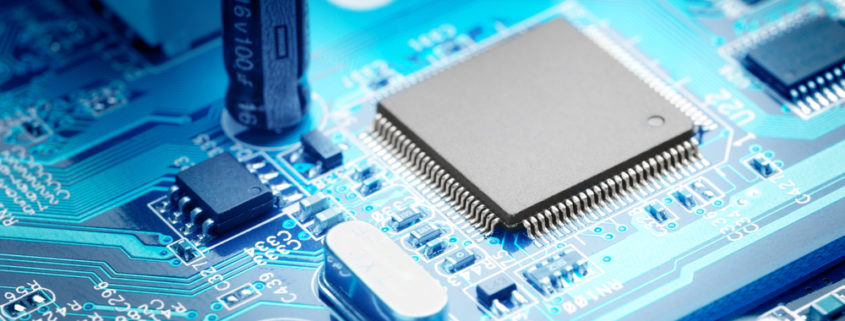Best Practices for Maintaining an ASIC Chip
In the fast-paced world of technology, Application-Specific Integrated Circuits (ASICs) have emerged as crucial components powering a wide array of electronic devices. These specialized chips are designed to perform specific functions with utmost efficiency, making them integral to industries such as telecommunications, automotive, and consumer electronics. As ASICs continue to play a vital role in modern technology, it is essential to understand the best practices for maintaining these sophisticated components to ensure their longevity and optimal performance.
Environmental Considerations for ASIC Chip Maintenance
Maintaining an ASIC chip begins with creating a suitable environment that safeguards its delicate circuitry. ASIC chips are highly sensitive to factors like temperature, humidity, and electrostatic discharge. It is imperative to house these chips in controlled environments where temperature and humidity are carefully regulated. Extreme temperature fluctuations can lead to thermal stress and even cause permanent damage to the chip’s components.
Moreover, electrostatic discharge (ESD) poses a significant threat to ASIC chips. Even a minor electrostatic shock can irreparably harm the chip’s transistors and connections. To prevent ESD-related damage, it is advisable to handle ASIC chips with proper grounding and to work on anti-static surfaces. Utilizing wrist straps and anti-static mats can effectively dissipate static charges, protecting the chip during maintenance procedures.
Regular Cleaning and Inspection
Regular cleaning and inspection are paramount in maintaining the health of an ASIC chip. Dust and debris can accumulate on the chip’s surface, potentially obstructing airflow and causing overheating. Cleaning should be performed using specialized tools such as compressed air or ultra-soft brushes designed for electronics. However, it’s crucial to exercise caution and avoid applying excessive force that could dislodge or damage delicate components.
Routine inspections should also be conducted to identify any signs of physical damage, such as cracks, corrosion, or bent pins. A thorough visual examination can help catch potential issues early on and prevent further damage. If any anomalies are detected, immediate action should be taken to address them, whether through repairs or replacements, to ensure the ASIC chip’s continued functionality.
Firmware and Software Updates
An often overlooked aspect of ASIC chip maintenance involves keeping the firmware and software up to date. Manufacturers frequently release updates that address bugs, security vulnerabilities, and performance enhancements. Applying these updates is essential for ensuring the ASIC chip’s optimal functionality and compatibility with the latest technologies.
When updating firmware or software, it’s crucial to follow the manufacturer’s guidelines precisely. Incorrectly updating the chip can result in unintended consequences, including system crashes or data corruption. Therefore, it’s advisable to back up all data and settings before performing any updates and to verify the integrity of the updated files to prevent potential issues.
ASIC Chip Wrap Up
Maintaining an ASIC chip is a meticulous process that requires attention to detail and adherence to best practices. By creating an environment that shields the chip from external stressors, performing regular cleaning and inspections, and staying up to date with firmware and software updates, users can ensure the longevity and optimal performance of these intricate and indispensable components. As technology continues to advance, following these best practices will prove instrumental in maximizing the lifespan and functionality of ASIC chips, enabling them to contribute seamlessly to the innovation and progress of various industries.
Ready to learn more about our work at Linear MicroSystems? Click here to visit our homepage!
Linear MicroSystems, Inc. is proud to offer its services worldwide as well as the surrounding areas and cities around our Headquarters in Irvine, CA: Mission Viejo, Laguna Niguel, Huntington Beach, Santa Ana, Fountain Valley, Anaheim, Orange County, Fullerton, and Los Angeles.






